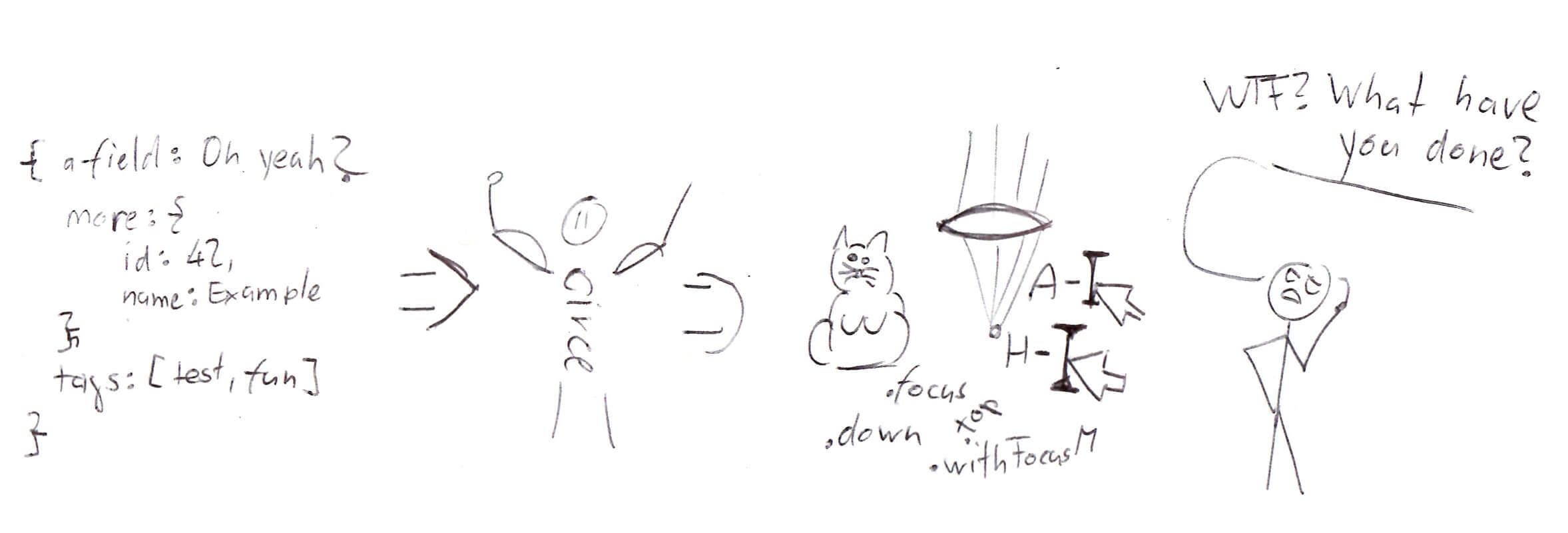Debug Hanging Programs with Thread- and Heap-Dumps
I used this technique a surprising amount of times to find out an issue. It all starts with a hanging Java program: a build tool, some Java based server, etc.
The first thing I do in this case is to take a stack trace. For example with jstack
More Testing Tips With C#
This post is part of C# Advent Calendar 2024. Visit it for all the awesome upcoming posts! It was released on 11 December as a substitution for the 8th December spot, as another blogger couldn’t make it.
The traditional C# Advent is here. It also seems tradition I talk about some testing aspect [1] or some outsider view approach to C# [2] here. Let’s not break this tradition and I share some more testing tips.
Pitfalls with Mill Build
Note | Update March 2025. This post was originally written for Mill 0.11. I’ve updated the examples to work with Mill 0.12.9, but didn’t incorporate all improvements since then. |
Here are some challenges and pitfalls I ran into when using Mill.
Circe JSON: Use JsonObject instead of cursors
I’m using the Circe JSON library at work. I am not a fan of it. I recommend to stay away from it. Luckily I rarely have to touch JSON parsing code paths.
What makes my blood boil the most with Circe is small ad-hoc JSON parsing, where I need to extra some values from JSON, without going to create boiler plate class for it. [1]
My expectation for something like that I get a Map, maybe an extended
map with some convenience functions. However, the Circe documentation
guides you towards their cursor API
for that. That API is (censored/insert swearwords/rant here).
Mill Build for Java Devs
Note | Update March 2025. This post was originally written for Mill 0.11. I’ve updated the examples to work with Mill 0.12.9, but didn’t incorporate all improvements since then. |
Mill has its origin in the Scala world. However, it is well suited to build Java projects. Recently the official Mill documentation gained a growing Java section with many examples. So, I’m keeping this post short, as the official documentation has more information than I can cover.

